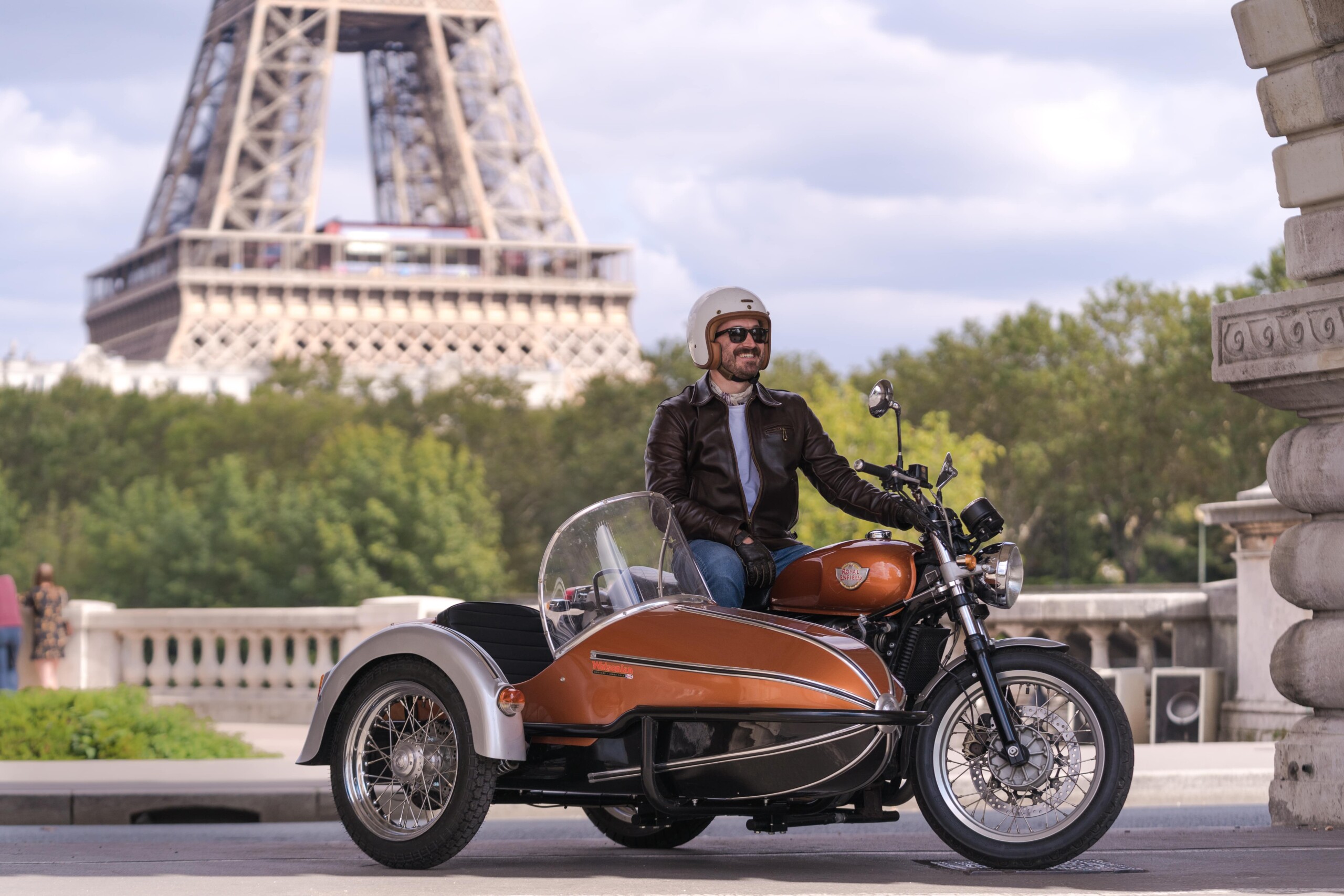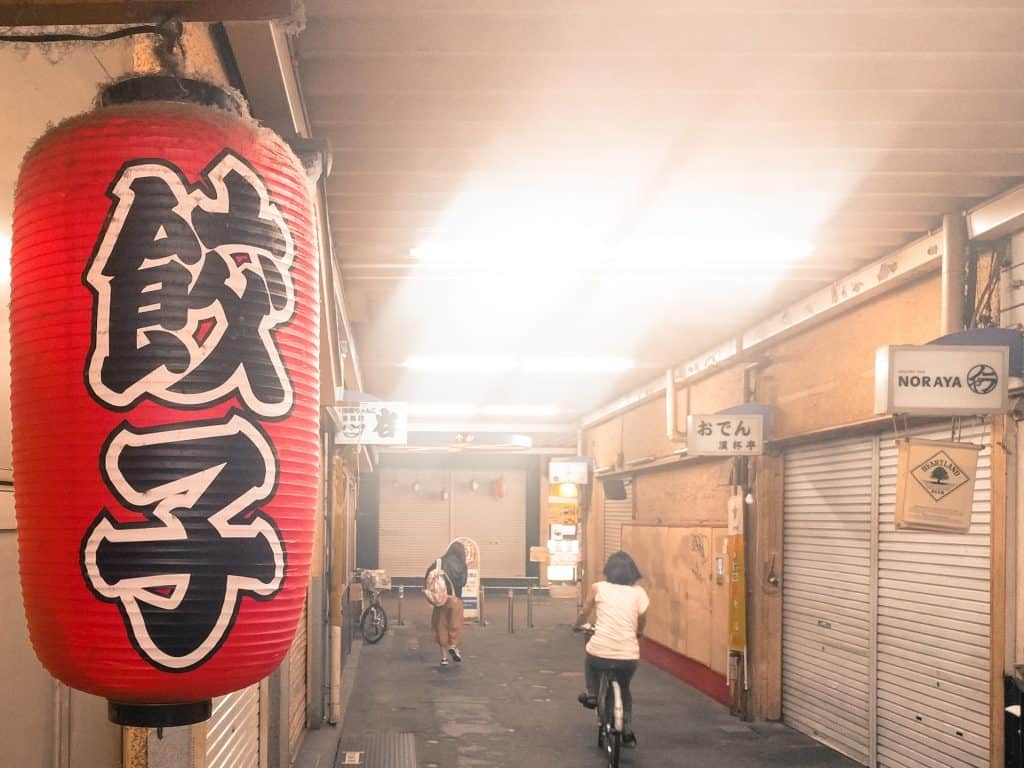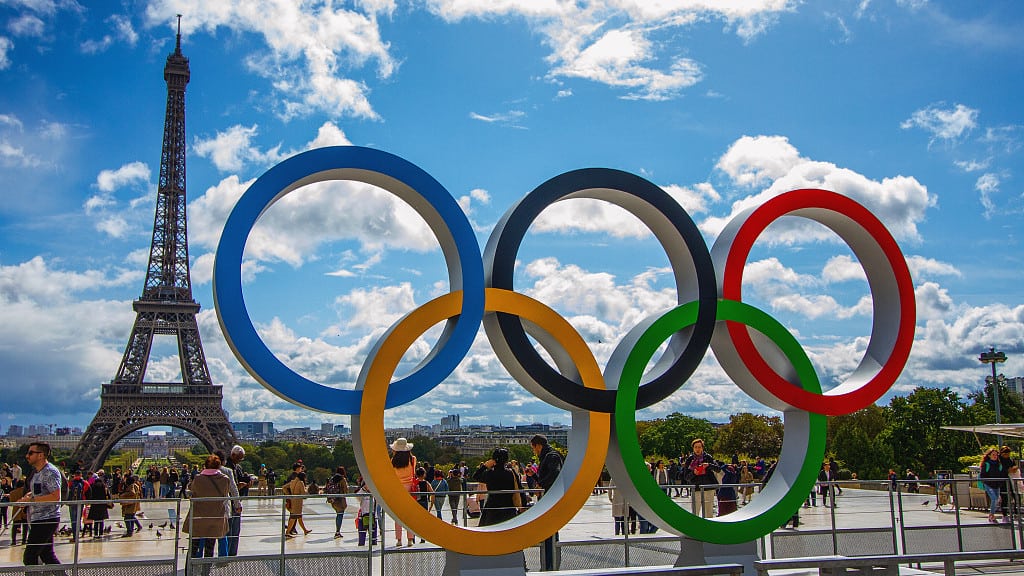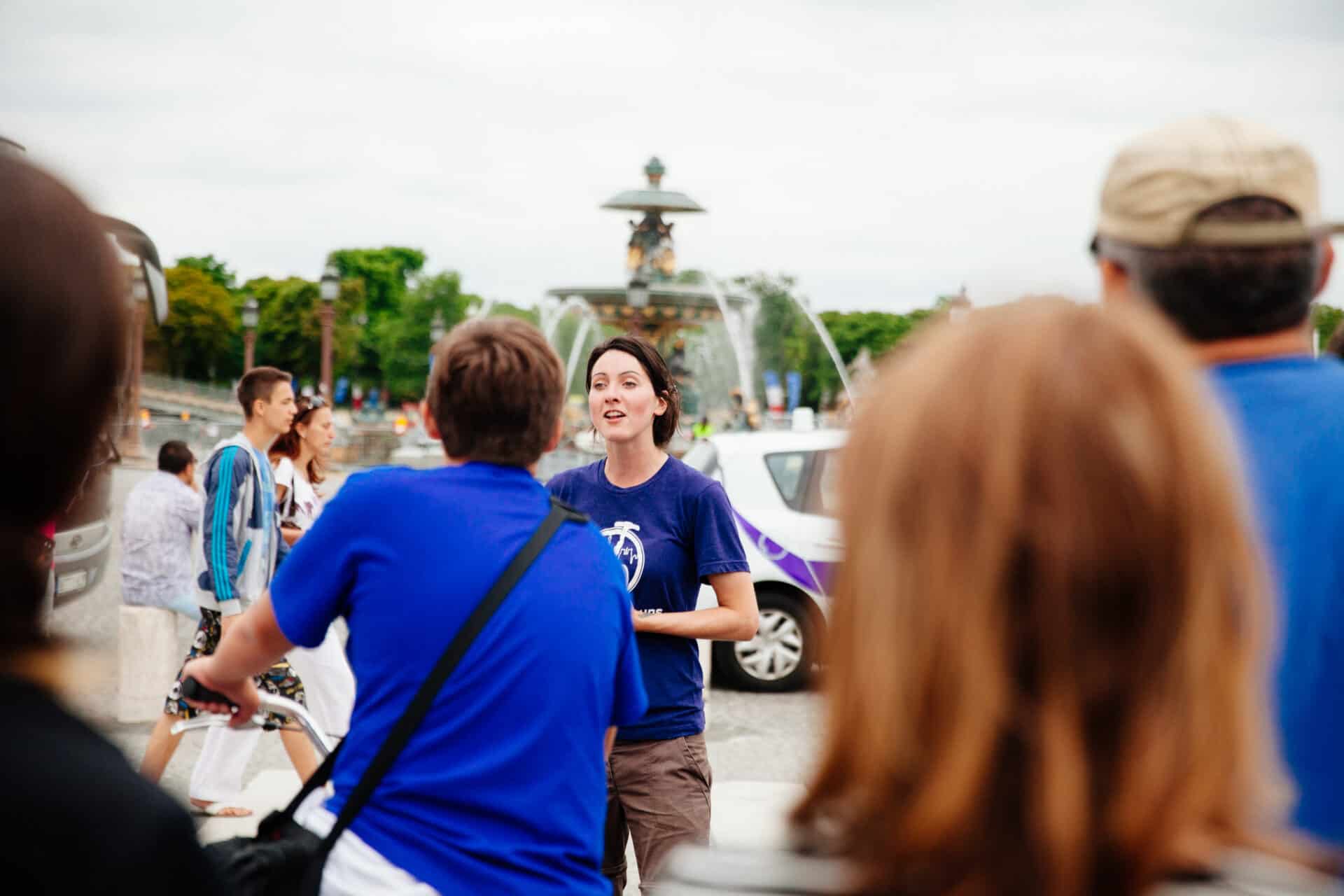
The Place de la Concorde is one of Paris’ most visually striking and rich squares. And at 20 acres, it is also the city’s largest. It is located just to the West of Paris, in the 8th arrondissement, with the famous Champs-Elysées boulevard just footsteps away on one end and the Tuileries Gardens on the other.
The sprawling octagonal square was designed in 1755 by Ange-Jacques Gabriel as a way of honoring the king at the time, Louis XV. It was soon filled with fountains and statues, including one made of lime and blue stone of the king on his horse. The equestrian statue was commissioned in 1748 and sculpted primarily by Edmé Bouchardon until his death. The project was finally completed by Jean-Baptiste Pigalle.
At the north end of the square are two impressive stone buildings, which were constructed in the Louis XV-style architecture. The eastern building held the French Naval Ministry, while the western structure became the home of Duc d’Aumont. Later, the home was purchased by the Comte de Crillon, and was later transformed into the Hôtel de Crillon, which still remains today.
The grand Concorde square remained calm until the French Revolution hit. The statue of Louis XV was torn down and the square was renamed the Place de la Revolution. A guillotine was set up in the center and in 1793, King Louis XVI met his fate. Nearly 3000 others were guillotined in the square between 1793 and 1995, including Marie Antoinette, Robespierre and Danton.
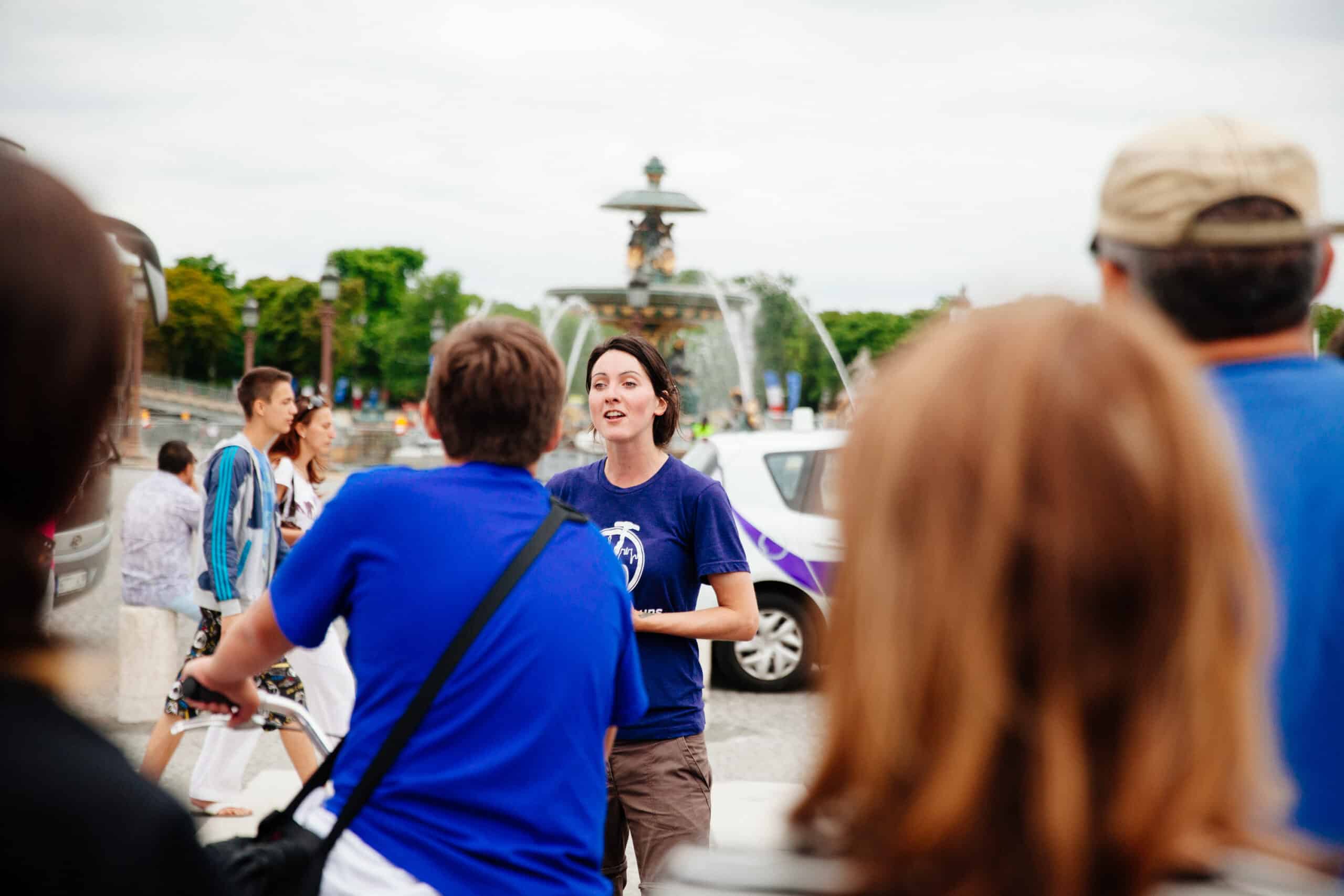
After the revolution, the square went through several transformations and name changes: Place de la Concorde, Place Louis XVI, Place de la Chartre and finally in 1830, back to Place de la Concorde. Today, the general appearance of the square is relatively similar to that of the eighteenth century.
However, in place of the Louis XV statue – torn down during the revolution – is the Obelisk de Luxor. This towering column with a pointed tip was a gift from the viceroy of Egypt, Mehemet Ali, to Louis Philippe in 1829. Made of granite, the 75-foot obelisk weighs in at 230 tons and is covered in hieroglyphics featuring the reigns of Pharaohs Ramses II and Ramses III.
Other notable structures in the square include its many splendid fountains, as well as eight statues at each point in the octagon representing France’s major cities: Bordeaux, Nantes, Brest Lille, Strasbourg, Lyon, Marseille and Rouen.
Best of all, the Place de la Concorde is truly at the center of the action – head west and you’ll find the entry point onto the Champs-Elysees. To the east of the square are the finely sculpted Tuileries Gardens, and Jeu de Paume and L’Orangerie museums. Head northeast and you’ll hit Rue de Rivoli and the nearby Louvre Museum, and walk south to meet up with the Seine River.
Of course, before going anywhere, be sure to leave yourself ample time to check out all the sculptures, statues, fountains and architecture that make the Place de la Concorde so spectacular.
At the Place de Concorde, you’ll surely notice the Eiffel Tower in the distance. Want to get in ahead of the crowds? Join our Skip the Line Tour.

